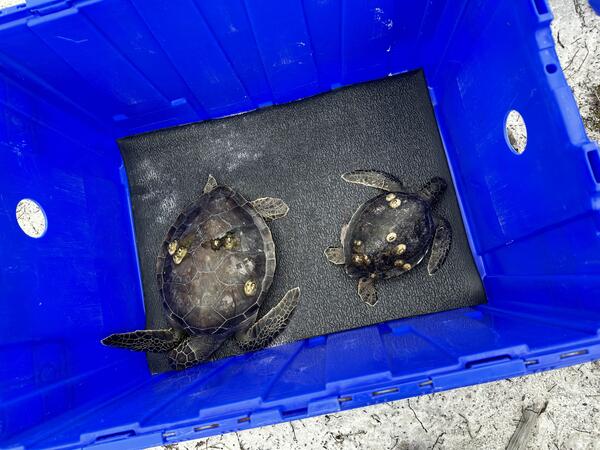USGS and Alumbra Innovations scientists mapping vegetation and land use in Los Planes watershed, Baja California Sur, Mexico
linkUSGS and Alumbra Innovations scientists mapping vegetation and land use in Los Planes watershed, Baja California Sur, Mexico, as part of a joint project to understand the impacts of installing natural infrastructure in dryland streams (NIDS), structures made from rock,






















